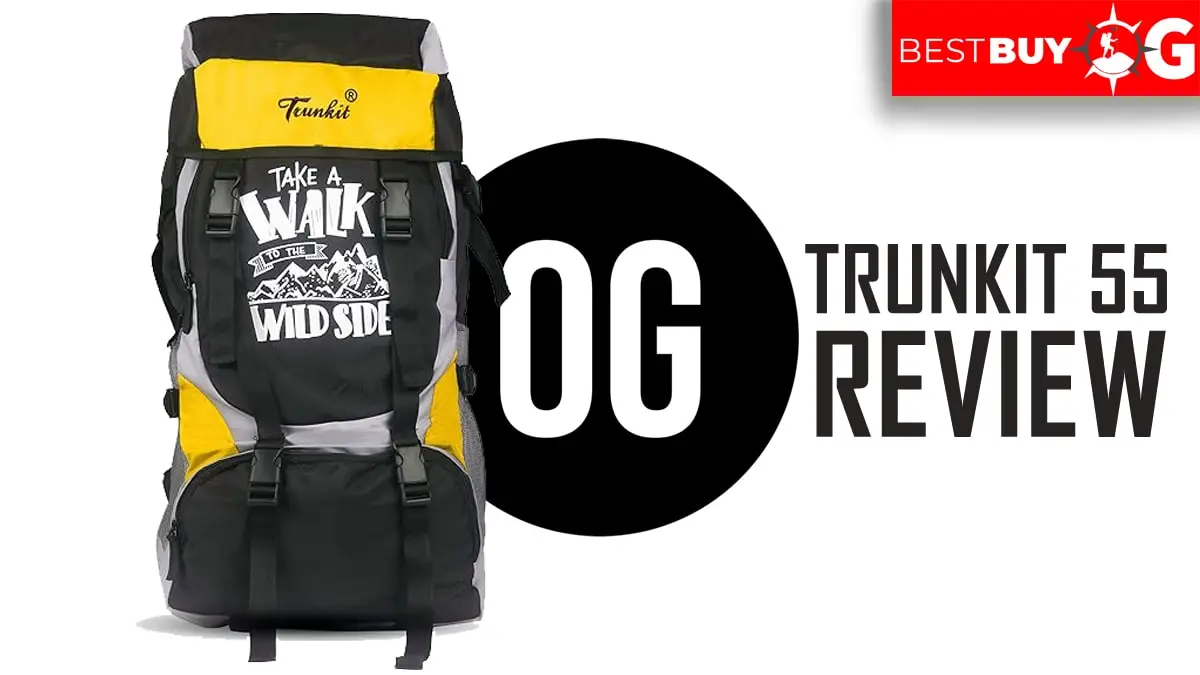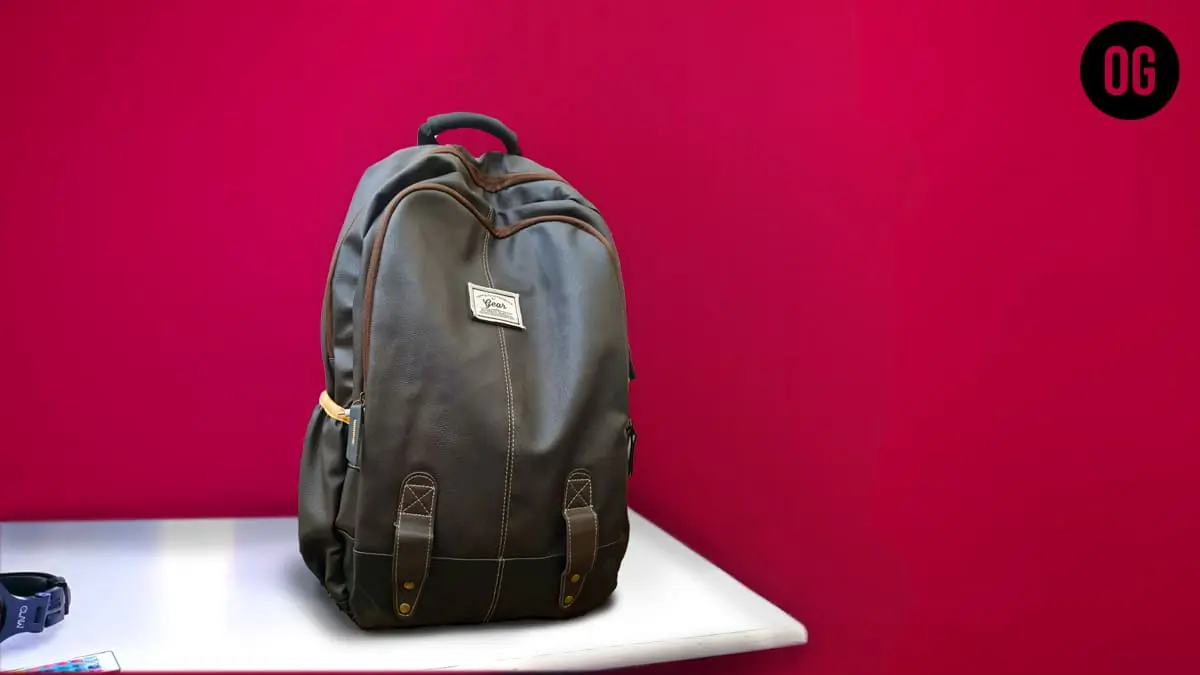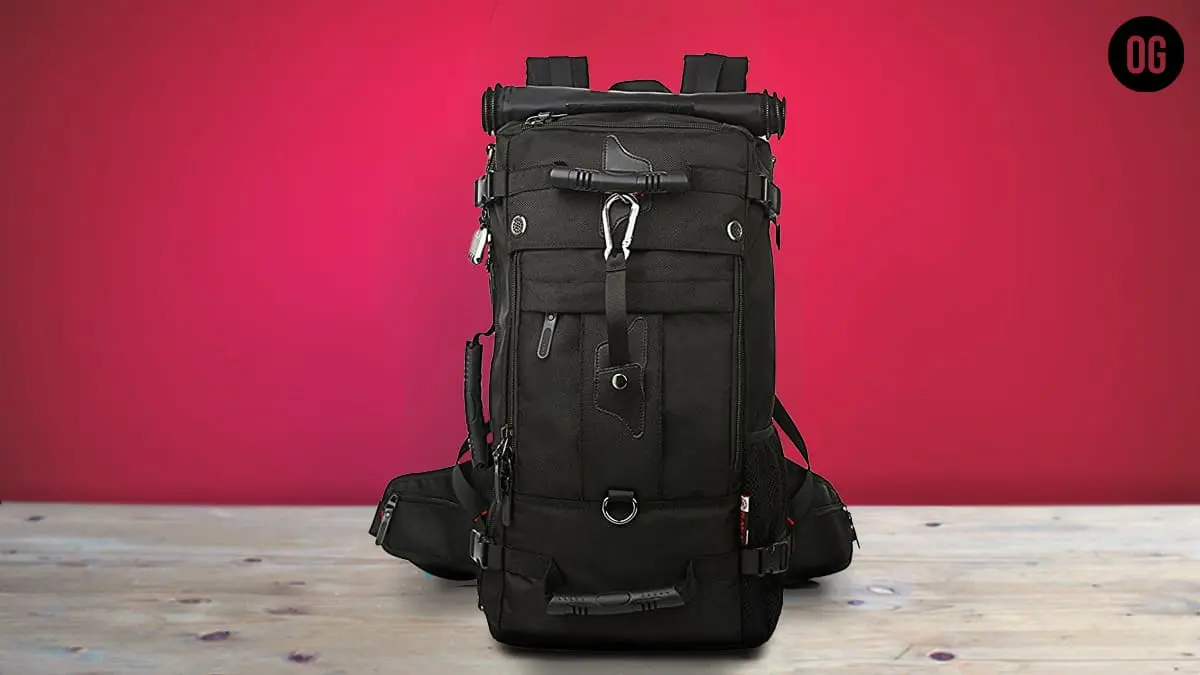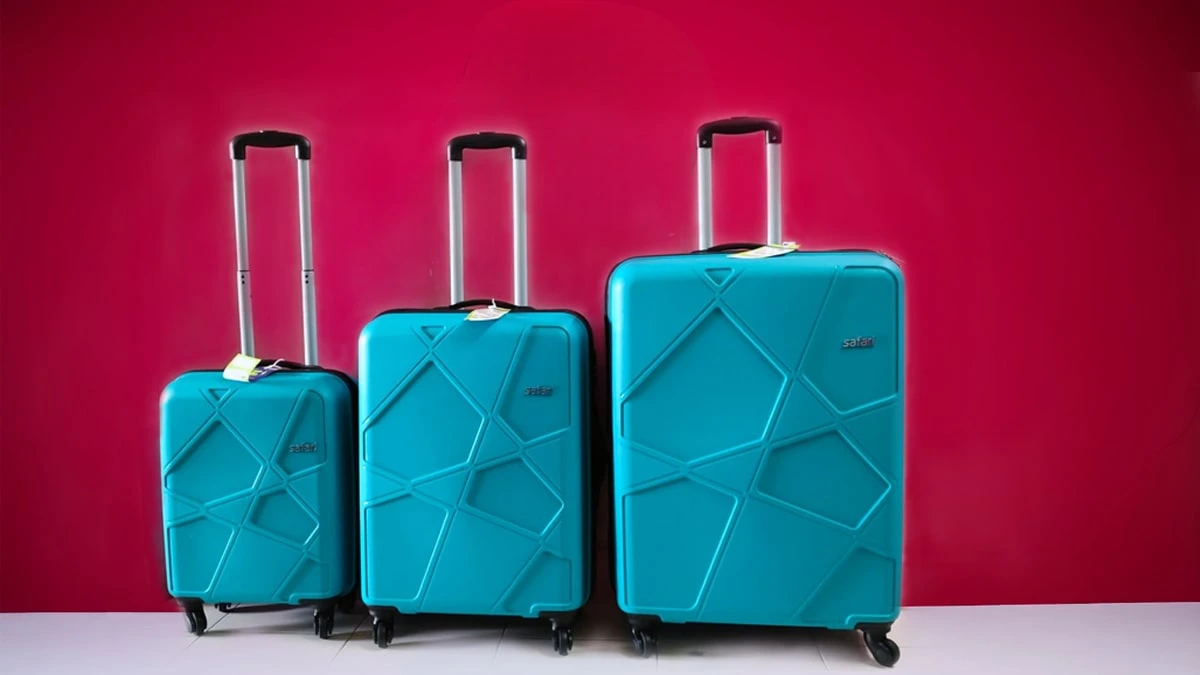5 Simple Tips on How To Keep Backpack From Sagging
You might think that “How To Keep Backpack From Sagging?” is not a very crucial point but it is an issue that affects many backpackers as they don’t know how to prevent it.
Table of Contents
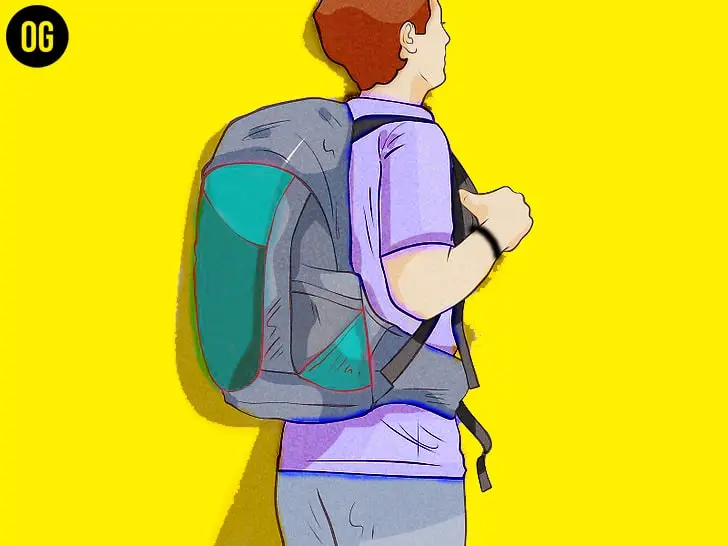
Backpacks, though handy for carrying stuff around, can turn into a real headache when they start to slump. Not only does it make the wearer uncomfortable, but it can also strain the spine, upper back, and neck.
This piece will dive into the reasons behind sagging bags, signs to spot a droopy pack, ways to stop it from happening, and long-term fixes.
We’ll explore techniques for preventing backpacks from drooping and consider other options for carrying your belongings.
Related: How To Pack a Backpack For Overnight Camping
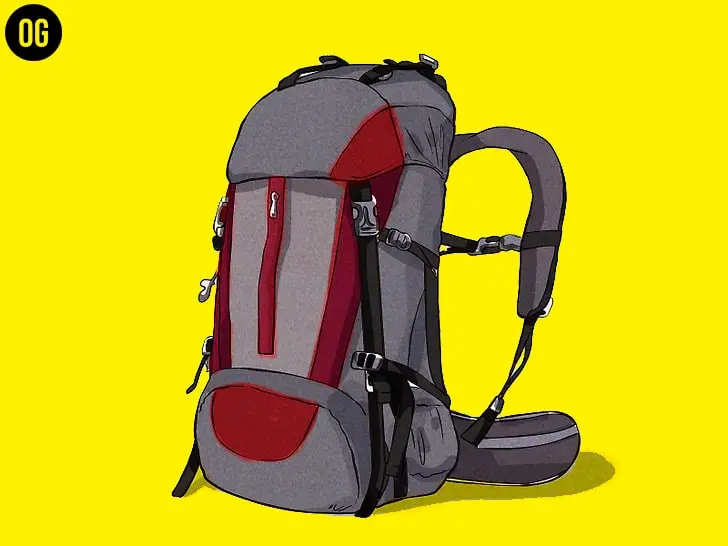
What Causes Backpacks To Sag?
When toting a backpack, the aggravating issue of sagging often arises. This problem stems from a combination of factors, including the bag’s design, materials, the weight it carries, and the physique of the carrier.
The structural integrity and safeguarding of a backpack’s contents heavily rely on its composition and build. Fragile fabrics or improper trimming can cause the bag to lose its shape and sag.
Additionally, unevenly distributed weight, excessive loads, and the mass of the items inside the bag contribute to its sagging. Placing items in incorrect positions within the bag can exacerbate this issue further.
Related: 6 Essential Tips on How To Properly Fit Your Backpack

How To Keep Backpack From Sagging?
A drooping backpack doesn’t just affect aesthetics; it can lead to discomfort, causing pain in the neck, shoulders, and back, making your hiking or carrying experience quite uncomfortable.
But why tolerate this problem when it can be easily resolved with a few simple steps? Let’s explore the solution:
Inspect the Disparity in Straps
To ward off backpack drooping, address any loose straps promptly. Utilize the adjustability of these straps to tailor them to your comfort. Simply tug and adjust until they snugly fit around your shoulders and waist.
For an extended lifespan for your bag, steer clear of overloading it. Excessive weight can swiftly lead to sagging, potentially causing damage to your backpack.
Related: 7 Essential Tips on How To Keep Backpack Straps From Slipping
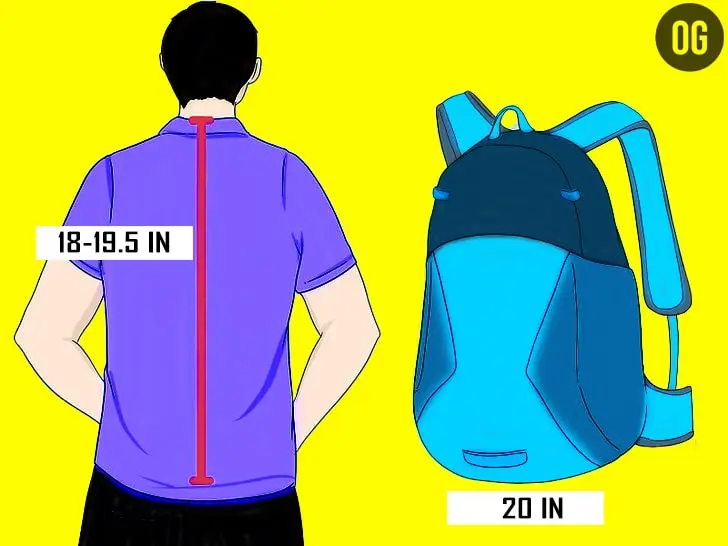
Select the Proper Size
When looking for your next backpack, size matters most. If you acquire a bag meant for sports gear and overload it with heavier items, expect it to sag.
Exercise caution when selecting the size of your bag. Opt for one that sits comfortably on your shoulders and hips and is capable of handling the weight you intend to carry.
Assess the Lower Back Support
When loading up with heavy items, remember to rely on lower back support. It’s instrumental in distributing weight evenly on both sides, effectively thwarting sagging issues.
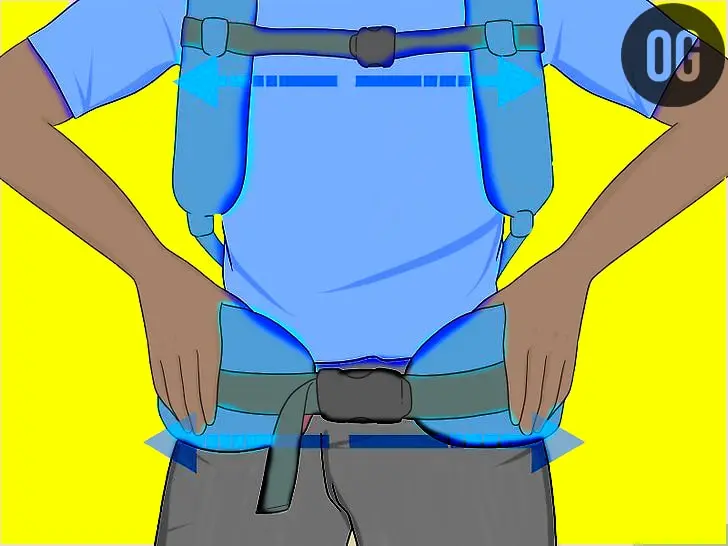
Consider a Quality Waist Strap
For a more advanced and dependable solution against sagging, invest in a sturdy waist strap. These straps aren’t just a step ahead; they’re a means to alleviate shoulder and neck strain by shifting stress away.
Furthermore, they provide excellent lower body support, ensuring weight is distributed evenly for a more comfortable carry.
Related: 7 Best Tents For Camping And Backpacking
Opt for Padding
Enhance the comfort of your backpack by incorporating padding. It not only lends a soft feel but also contributes to durability.
Ensure the adequate placement of padding, especially in the lower section of the backpack, to maintain balance and prevent shifting during hikes.
Notably, padding serves as a barrier against sagging, preserving the integrity of your backpack.
FAQs: How To Keep Backpack From Sagging
How to prevent backpack straps from slipping?
You have a couple of options here. One is to tie a basic knot, similar to the first step of tying your shoelaces, using the free end of the strap just below each buckle.
Alternatively, you can secure both the free and attached sections of the strap below each buckle by wrapping a strong tape, such as duct tape or electrical tape, around them several times. Read our full guide here.
Is the weight distribution inside the backpack important in preventing sagging?
Absolutely, the weight distribution inside your backpack is crucial in preventing sagging. When weight isn’t evenly distributed, it puts uneven stress on the backpack’s structure, causing it to slump or sag.
To prevent this, try to balance the weight by placing heavier items closer to your back and distributing the load evenly across the bag. This helps maintain the bag’s shape and prevents excessive strain on certain areas, reducing the likelihood of sagging.
Are there specific backpack designs that are less prone to sagging?
Certainly, some backpack designs are less prone to sagging due to their structural features. Backpacks with internal frames or framesheets tend to offer better support and stability, reducing the chances of sagging.
Additionally, backpacks with compression straps or load lifter straps help distribute weight more evenly, minimizing sagging by allowing you to adjust the pack’s fit and balance the load.
Certain hiking or technical backpacks are also engineered with reinforced bottoms or specialized materials to better withstand heavy loads, thereby reducing the likelihood of sagging over time.
How much weight can a backpack handle before it starts to sag?
The amount of weight a backpack can handle before it starts to sag varies based on several factors, including the backpack’s design, materials, construction, and your body’s build.
Generally, high-quality backpacks with robust materials and sturdy construction can handle heavier loads without sagging, especially those designed for hiking or carrying heavier gear.
However, it’s advisable not to exceed the manufacturer’s recommended weight capacity, as overloading the backpack can lead to sagging and potential damage to the bag over time. It’s also important to consider weight distribution within the backpack to prevent undue stress on specific areas that might contribute to sagging.
What role do materials and construction play in preventing backpack sag?
Materials:
High-quality, durable materials are crucial to prevent backpack sag.
Excellent tensile strength maintains shape and structural integrity.
Stitching and Seams:
Robust stitching and reinforced seams are vital for weight resistance.
Helps prevent distortion or sagging, especially under heavy loads.
Construction Techniques:
Internal frames, frame sheets, or load-bearing structures evenly distribute weight.
Contribute significantly to supporting the backpack’s shape.
Padding and Reinforcements:
Strategic placement of padding and reinforcements in critical areas.
Provides added support and stability, reducing the likelihood of sagging.
Overall Impact:
Well-constructed backpack with sturdy materials is less prone to sagging.
Ensures a more comfortable and durable carrying experience.
Should you opt for a backpack with a waist strap to prevent sagging?
Using a backpack with a waist strap can be an effective way to avert sagging. Waist straps help distribute the weight of the backpack more unevenly across your body by transferring a significant portion of the load to your hips.
This takes the strain off your shoulders and back, reducing the chances of the backpack sagging, especially when carrying heavier loads or during extended times of wear and tear.
The midriff strap helps stabilize the rucksack, keeping it closer to your body and minimizing movement, which can contribute to sagging.
For those regularly carrying heavier particulars or planning longer travels, a midriff strap can be a precious point in preventing sagging and perfecting overall comfort.

